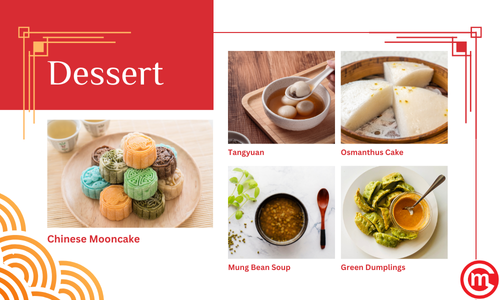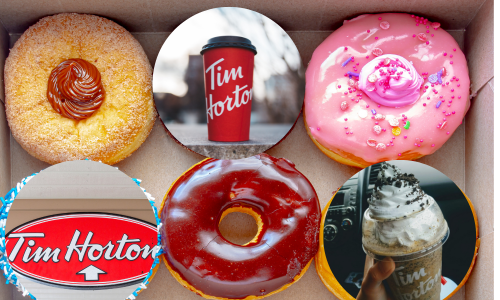What Milk Is Best For Latte Art?
What milk is best for latte art? - All of us aspiring home baristas have probably asked this question at least once in our lives before. We all dream of milk frothing like the specialty coffee shop barista who skillfully manipulates the steam wand on an espresso machine around the side of the pitcher, trapping just the right amount of air bubbles like an air bender, and turning boring old cold milk into the luxuriously smooth and velvety liquid that is worthy of latte art pouring. Skills aside, there are actually some fundamental factors such as the type of milk we use, that will put us on the right track to milk pouring and latte art stardom.
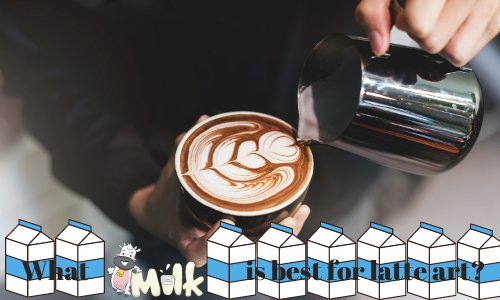
Fresh Milk & Whole Milk:
Fresh milk, or whole milk in the form of pasteurised milk is by far the most suitable type of milk to use and is the best for latte art. The reason behind this is quite simple - For milk to be frothed adequately to the right texture for free pouring, it needs to have an appropriate amount of fat and protein present in the milk.
Pasteurised fresh milk usually contains around 3.2% to 3.5% of fat, and is the perfect for such milk frothing purposes. During the frothing process, when we see baristas use the steam wand and tilt it into the side of the pitcher, producing that hissing noise as they go, the steam wand is actually providing heat and helps to incorporate air into the cold milk, which combines with the fat and proteins present in milk to create foam and a richer texture.
As a general rule of thumb, the more fat and proteins present in the milk you use, the easier it will be to create body in the milk. However, be mindful that an overly high proportion of fat and proteins can create too much body, making it unsuitable for use in latte art or free pouring latte art.
Other Latte Art Questions
How to Steam Milk for Latte Art without Machine?
How to Steam Milk at home for Latte Art?
Other Questions about Coffee
How much does it cost to rent a espresso machine?
Questions not about coffee (but important to coffee)
UHT Milk:
Ultra Heat-Treated or UHT milk is a very popular shelf stable type of milk that is readily available. However, when it comes to latte art, this type of milk is usually avoided. UHT milk on its own, actually has decent frothing properties and can produce decent body and foam.
Unfortunately though, because of the extremely high heat used to treat the milk, many of the proteins present in the milk have already denatured, and that compromises the taste of the milk - specifically that smooth and velvety texture that you find with pasteurised fresh milk or whole milk.
For that reason, UHT milk is typically used in automatic coffee machines where the final product favours convenience over quality. Because UHT milk is very shelf stable, it also lends itself well to use in these sorts of commercial applications such as in office coffee machines, bean to cup coffee machines, and vending coffee machines.
Skim Milk & Low Fat Milk:
Nutritionally, skim milk and low fat milk are quite similar to fresh milk, but they have a lower percentage of fat and proteins, which is a key component in producing high quality foam and therefore latte art. So right off the bat, we can see how these types of milk do not lend itself well to the milk frothing application and for use in latte art.
However, skim milk and low fat milk remain popular options in specialty coffee shops because consumers are increasingly conscious of their diet. As such, the use of skim milk and low fat milk in the latte art making process will likely remain a necessity.
To make skim milk and low fat milk work in the milk frothing process, a little more skill is needed to establish the same end result. For starters, heat control becomes a more important part of the process. Without lower amounts of fat and protein within the milk itself, a longer milk frothing time is likely needed to achieve the same texture as when frothing fresh milk. Because of this longer frothing time, the milk is exposed to steam from the espresso machine steam wand for a longer period of time, and raises the likelihood that the milk may end up overheated or burnt.
As such, the technique and angle of inserting the steam wand and “swirling” of the milk to incorporate air needs to be adjusted. The difficulty of this process is in balancing the need to incorporate air into the cold milk faster, so that it does not burn, but not so fast that the air bubbles are too large.
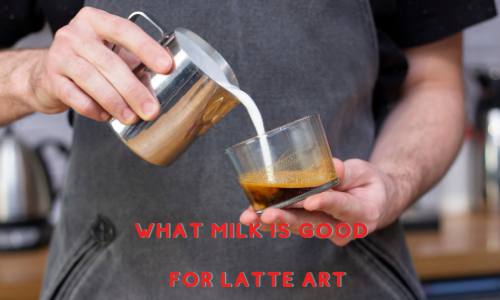
Non-Dairy Milk:
In tandem with the uptake of vegan or flexitarian diets today, non-dairy milk has also become extremely prevalent in the form of soy milk, almond milk, and most recently, oat milk. These are all milk types with a good amount of protein and hold up very well in the milk frothing process.
Generally speaking, the technique of milk frothing to produce a texture that is suitable for latte art remains more or less the same as what you’d do for dairy milk. However, with non-dairy milk, there is larger variation in terms of the fat and protein content present in one brand compared to another.
With fresh milk, the range of fat and protein is fairly standard, with only negligible differences in fat content. They also taste fairly similar. With non-dairy milk however, the variances are larger, and one brand can differ quite substantially to another. When choosing the right brand of non-dairy milk for latte art, you should consider how much fat and protein content is present in the product.
Generally speaking, the higher the content, the easier it will be during the milk frothing process.
If you enjoyed "What milk is best for latte art?" question based articles, do check out our coffee questions page as well.
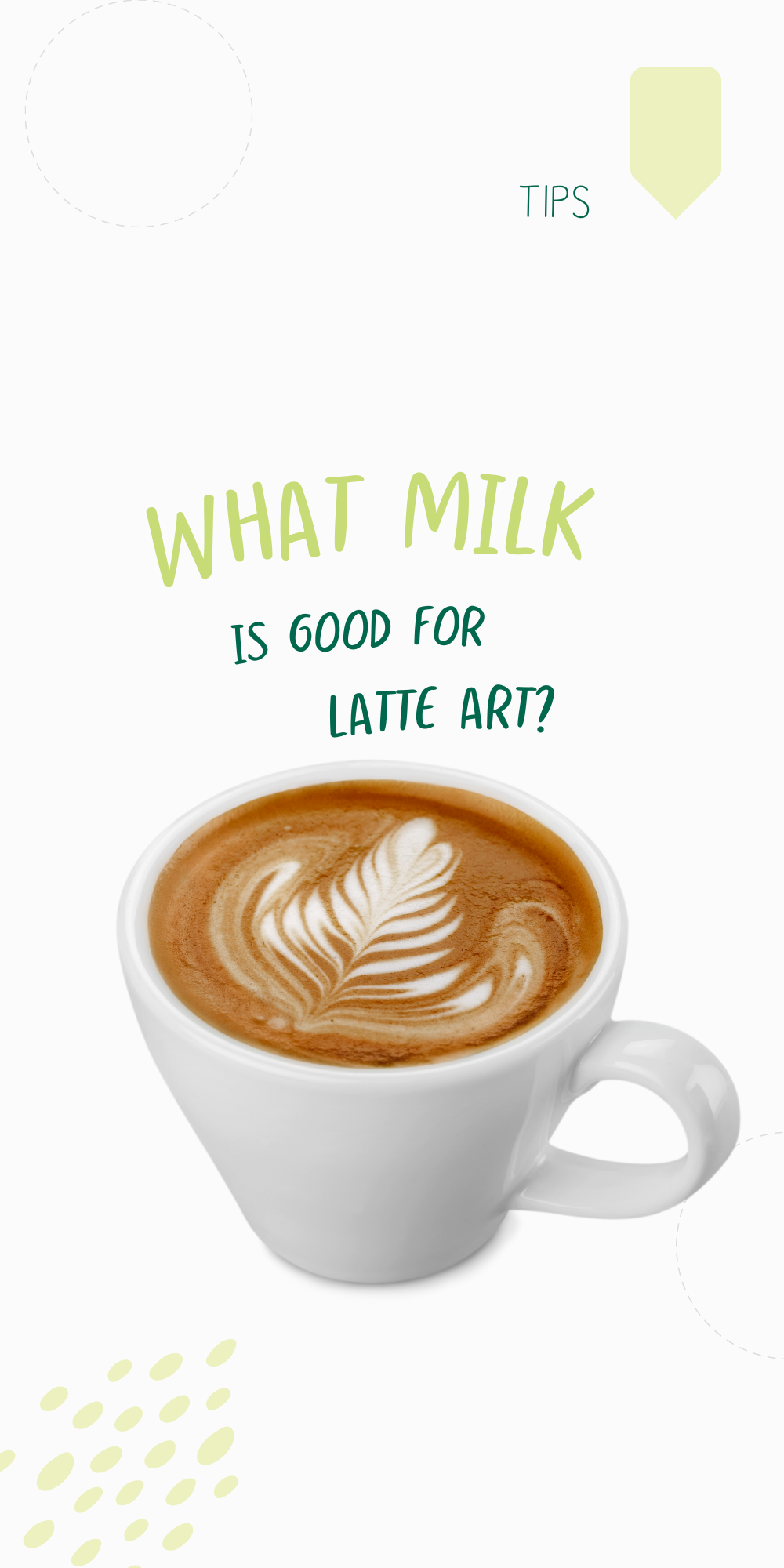
Featured coffee brewing method: How to prepare V60 Coffee?
Previously: Making Coffee with a Coffee Sock.
Recent Articles
-
How to Do Menu Engineering: Complete Guide to Restaurant Profitability
Sep 27, 24 03:09 AM
Learn how to do menu engineering to boost your restaurant’s profitability. Discover strategies for menu design, pricing, and maximizing profitability. -
Tim Hortons Singapore is a Canadian Coffee Chain?
Nov 16, 23 09:00 AM
Do you know that Tim Hortons Singapore is a Canadian Coffee Chain? Apparently only 46% knows that in our IG poll! -
Coffee report on WMF Coffee Machine Brand in Singapore
Oct 11, 23 03:45 AM
Coffee report on WMF Coffee Machine Brand in Singapore
Featured: Office Coffee Machines
Follow Oncoffeemakers.com's board Office Coffee Machines | Singapore on Pinterest.Do check out other cool boards such as the one all on how to make coffee and drip coffee.
Food and Beverage (F&B) Articles
Sustainability Practices in Food Service
3 Free Restaurant Marketing Ideas
Singapore Cafes Reviews -Can they be Trusted?
Location, location, location might be a myth!
Walmart and Walter -The Power of Social Media!
Importance of value pricing for Cafes In Singapore
Why Nescafe is still the Largest Roaster in the World?
Everyone likes Starbucks -here's why
Is your Cafe location an asset or a liability?
Location myopia: why good anchor tenant might not be good?
Measuring the Location attractiveness index.
Social Media Crisis Management for Cafes in Singapore
